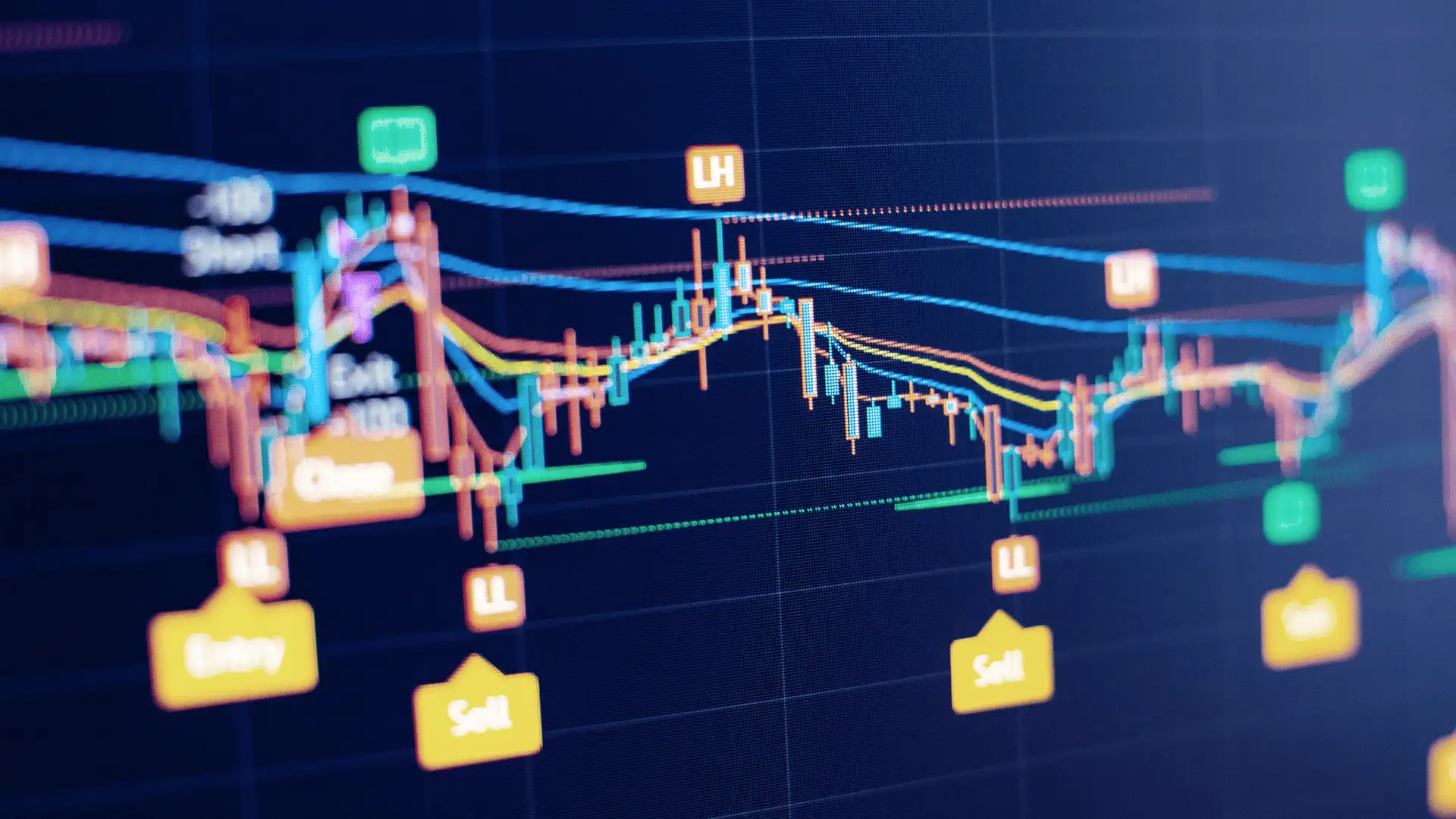
How to get Trading Signals from Ichimoku Kinko Hyo Indicator?
Goichi Hosoda, a Japanese journalist, developed the Ichimoku Kinko Hyo indicator in the 1930s. In the 1960s, he made his technique public after 30 years of perfecting it.
Ichimoku Kinko Hyo, or Ichimoku Cloud Indicator, is a forex trading indicator that measures momentum, defines support and resistance levels, and identifies the direction of trends.
With this system, you can trade any instrument in any time frame. By using this indicator, traders will be able to detect a multitude of trading opportunities with a high probability. In a few seconds, we will be able to determine if the current trend is positive or if a better market setting is needed.
Both uptrends and downtrends can be easily identified using Ichimoku. It is not recommended to use this indicator if there is no clear trend.
Components of the Ichimoku Kinko Hyo Indicator:
Several elements make up the Ichimoku Cloud. These elements are meant to help us identify areas of resistance and support. We can also use them to determine whether the market is trending or consolidating. This is a list of the components that make up the Ichimoku indicator:
The elements consist of the following five moving averages:
1. Tenkan-Sen
Tenkan-Sen is the first component of the Ichimoku Cloud, which is usually displayed on the chart as a red line. This is a moving average calculated by taking the average of the highest high and the lowest low over the last nine periods. Tenkan-Sen signals a trending market when it moves either upwards or downwards. In contrast, the market is in a range if the line moves horizontally. The calculation is as follows:
Tenkan-Sen = (9-Period Highest High + 9-Period Lowest Low) / 2
2. Kijun-Sen
Basically, a Kijun-Sen is a support/resistance line used to indicate the direction in which the price will move in the future. A blue line usually represents it on the graph. Tenkan-Sen is similar to Kijun-Sen except that Kijun-Sen takes a longer time frame into consideration, usually 26 periods instead of Tenkan-Sen's nine. It is calculated by taking the average of the 26 highest and lowest points. Kijun-sen lags behind Tenkan-sen on a chart because it has longer periods than Tenkan-sen.
Kijun-Sen= (26-Period High + 26-Period Low) / 2
3. Senkou Span A
The Senkou Span represents the average of the Tenkan-Sen and the Kijun-Sen and is plotted 26 periods to the right. Senkou span A is represented by an orange line on a chart. When the price crosses above the Senkou span A (orange line), the top and bottom lines become the first and second support levels, respectively. On the other hand, when the price moves below the Senkou span A, the bottom and top prices become the first and second resistance levels, respectively.
Senkou Span A = (Tenkan-Sen + Kijun Sen) / 2
4. Senkou Span B
This is calculated by averaging the highest high and lowest low of the previous 52 periods and plotting the average 26 points to the right.
Senkou Span B = (52-Period High+ 52-Period Low) / 2
5. Chikou Span
The Chikou Span, also called the lagging span, is often represented by a green line. It is constructed by shifting the current price 26 periods to the left. An upward crossing of the Chikou span indicates a buy signal. In contrast, if the line crosses the price downward, it is a sell signal.
6. Kumo, or the cloud
A cloud is formed by combining the Senkou Span A and Senkou Span B lines.
Trend identification is the primary function of the cloud.
What cloud (Kumo) implies are:
The general trend is bearish when the Senkou Span B exceeds the Senkou Span A, which means the Kumo is bearish.
The general trend is bullish when the Senkou Span A is higher than the Senkou Span B, meaning the Kumo is bullish.
We are in a lateral range or an indecision zone whenever the price oscillates in the cloud.
Market volatility is low if the cloud is thin.
Market volatility is high if the cloud is wide.
Ichimoku Kinko Hyo buy signal:
A strong buy signal is generated when these conditions are met altogether:
- The price breaks above the Kumo,
- Tenkan-sen crosses Kijun-sen to the upside,
- Both averages cross above the Kumo,
- Future Kumo is bullish
- Chikou Span is above the averages and the price.
Look at the chart below to find the five conditions met:
Ichimoku Kinko Hyo sell signal:
A strong sell signal is generated when these conditions are met altogether:
- The price breaks below the Kumo,
- Tenkan-sen crosses Kijun-sen to the downside,
- Both averages cross below the Kumo,
- Future Kumo is bearish,
- Chikou Span is below the averages and the price.
Let's check out all numbers on an example chart: